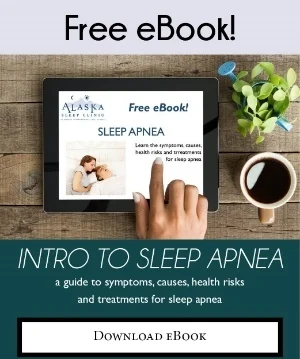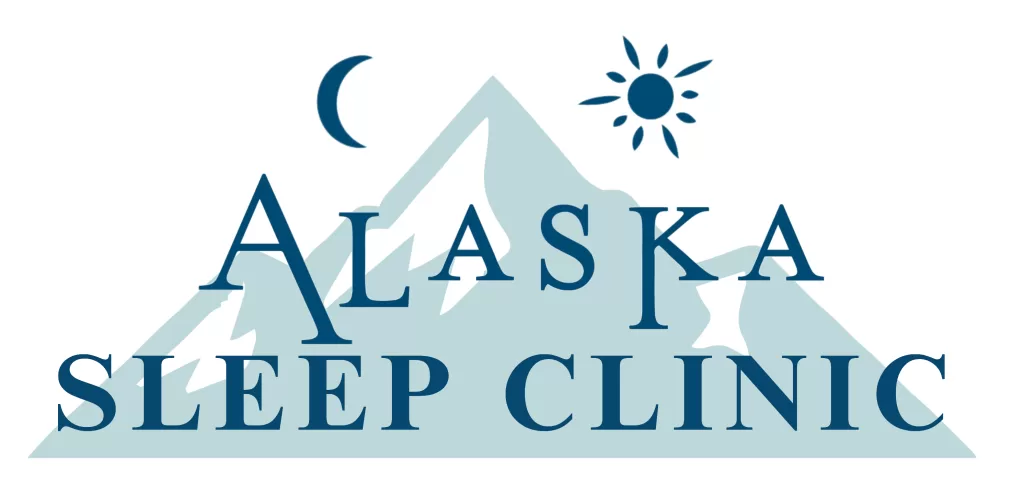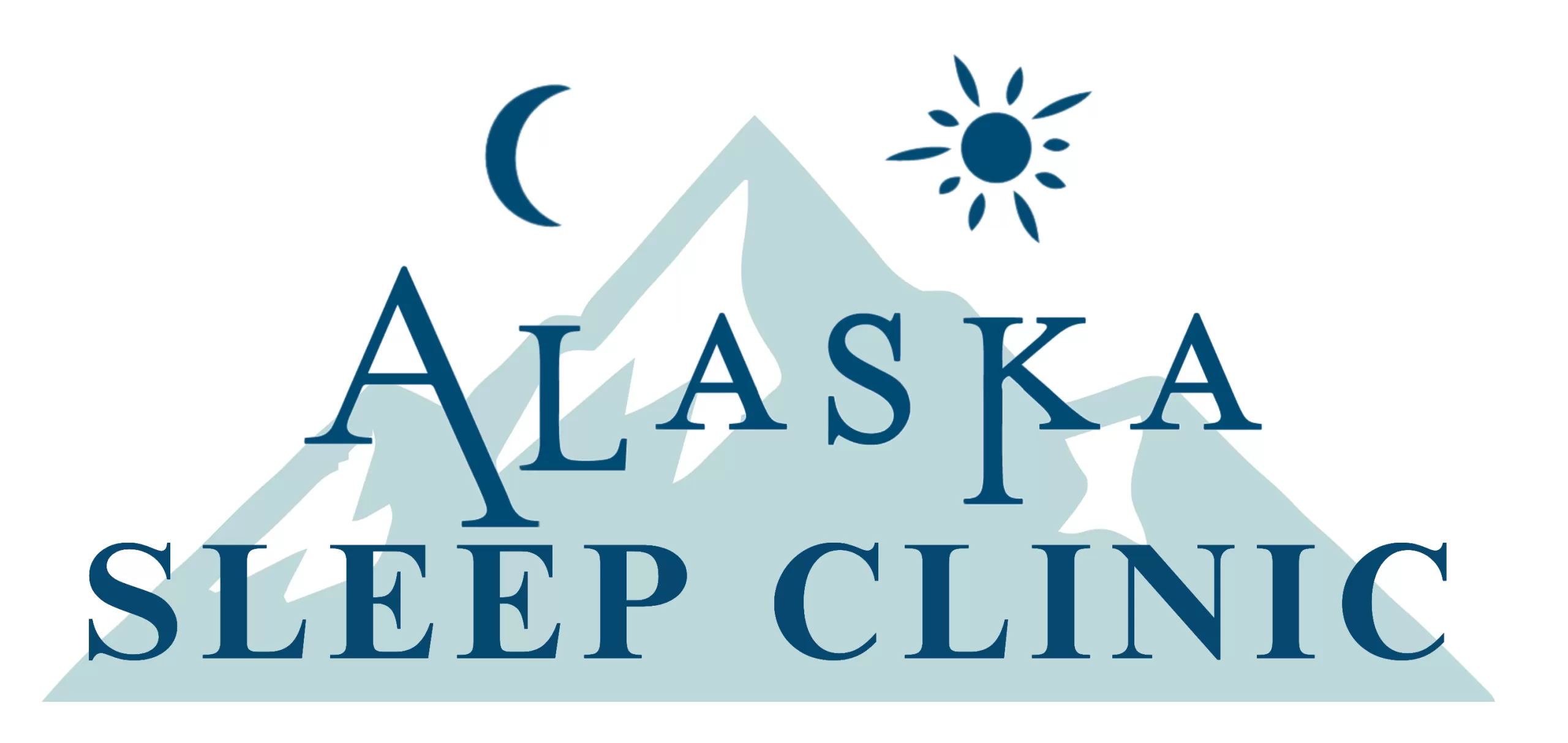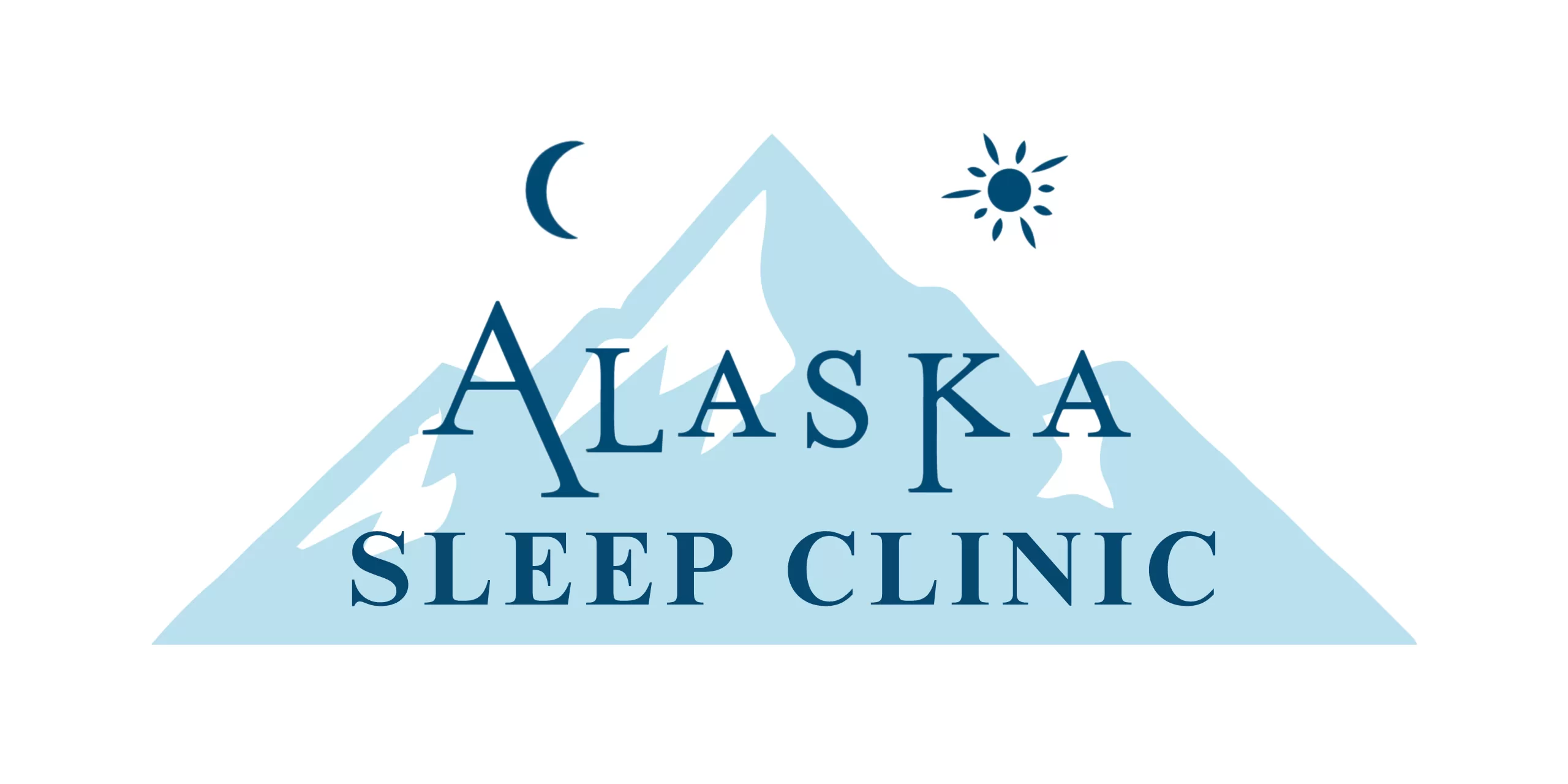Sleep, just like regular exercise and a healthy diet, is important to the overall health of an individual. One needs to get quality sleep regularly to improve memory and attention span, as well as maintain a healthy weight. Getting the quality sleep that the body needs also reduces stress and allows you to live a healthier, happier life. But the big question is, how to know if you’re getting good quality sleep?
Understanding your sleep patterns and the different sleep stages is the first step you need to take to unlock the secrets to better sleep. You can monitor your slumber using a sleep tracking device. By doing this, you’re not only going to learn about how much sleep you’re getting but also uncover whether or not your lifestyle habits are sabotaging your sleep efforts.
Smart Devices And Sleep
Smart devices are all the rage now. There are hundreds of them that monitor almost everything from the heart rate and oxygen consumption of a person, to the number of steps an individual takes each day.
Among the many functions of smart devices is shining a light on the biggest source of a person’s inactivity: sleep.
Say, for example, you fell asleep at 11 p.m. last night and woke up at around 7 a.m. today. It seems like a good rest since you got a total of 8 hours of sleep. So, why do you still feel tired in the morning?
The answer to such a question is that you probably didn’t get sufficient deep sleep to really restore your mind and body. But instead of having to guess how many hours of slumber you’re getting, or wonder if you just tossed and turned the whole night, you can obtain hard data by tracking your sleep using smart devices.
What Types Of Smart Devices Are There That Track Sleep?
Most people only think of a fitness wearable, or a smartwatch, when thinking of a sleep tracker. However, smart devices that can track sleep actually come in several different forms. These devices may measure different sleep facets depending on the specific type of sleep tracker you’re going to use.
The non-wearable/wearable divide serves as the biggest distinction between smart devices that can track sleep.
Non-wearable devices are those that aren’t attached to a person. They’re typically a thin fabric strip lying under your mattress, or a covering that lies above it. Other non-wearable devices could be no-contact ones, which means that they only sit on the nightstand table, or an application that you can install on your smartphone.
Wearable devices, on the other hand, are worn by you. They come in the form of a band or a watch around your wrist. Others can be a pendant that you wear around the neck. If you are not sure which device has everything you want, visit the Superwatches website. Dedicated to professional reviews and smartwatch comparisons. they review, compare, and contrast only the best quality smartwatches out there…
How a particular smart sleep-tracking device works depends largely on the type of technology involved. In most cases, a wearable device simply requires the user to keep wearing it as he or she goes to bed. It will then rely heavily on actigraphy to know that you’re already sleeping. Most wearable devices also have a heart rate sensor to monitor your heart rate.
In the case of non-wearable devices, especially the no-contact ones, you can go straight to bed. Say you’re going to use a mattress sleep tracker; it has sensors in the strip that begin working once it senses your body weight. When using an application on your smartphone, specific instructions vary by app, but you typically only need to have it in the bed beside you. Of course, you also have to open and turn on the app.
The Typical Sleep Cycle, What Does It Look Like?
The sleep cycle of a person goes through various stages during a typical night. Learn more about them below.
- Stage 1 – The first stage of sleep only lasts for a few minutes. You feel light and easy if woken up from this stage.
- Stage 2 – This stage is also fairly light, and it’s one where your brain waves begin to slow.
- Stage 3 And 4 – In these stages, you’re going to move into deeper sleep, and it becomes harder to wake from it. Your body gets a boost in this stage, since it’s when your body will grow and repair itself.
- Rapid Eye Movement (REM) – This is the final stage of your sleep cycle. Dreams occur in this stage as it’s where your brain will become more active. Your brain processes information here and stores long-term memories.
This cycle will repeat every 90 to 110 minutes. REM cycles also increase in length as sleep progresses.
How To Monitor Your Sleep Patterns Using Smart Devices?
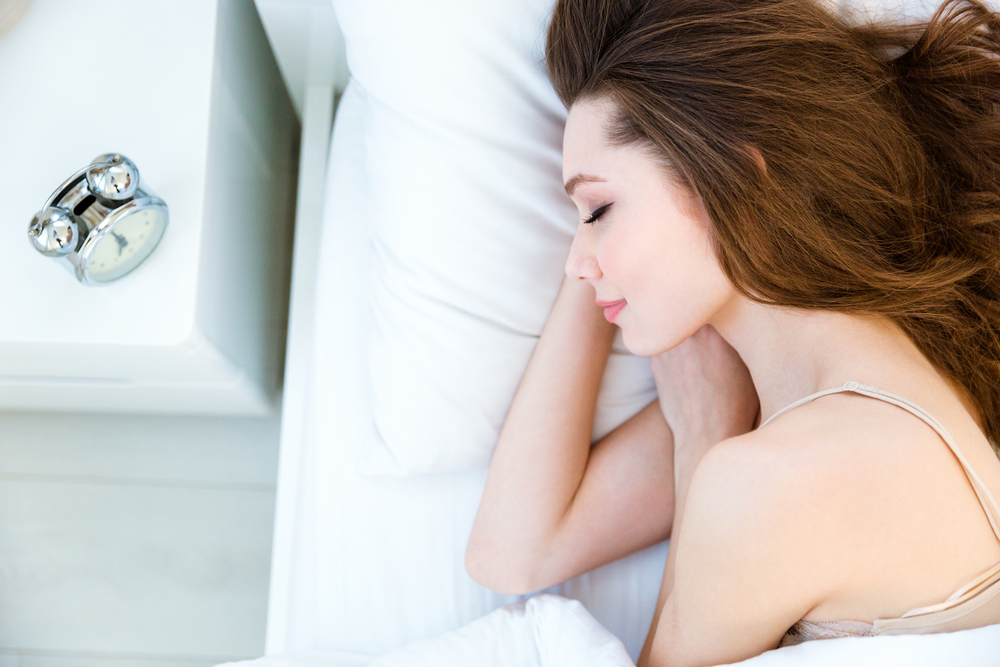
Smart devices that can monitor sleep, in their most basic form, will track whether you’re asleep, and the amount of time you spend sleeping every time. Here’s what you can do to exactly monitor your slumber patterns using these devices:
- Track How Much Time You Spend Asleep – Smart devices that can track sleep analyze whether you’re awake or asleep. You can use that to ascertain your total amount of sleeping time and chart it for your reference.
- Assess Your Sleep Quality – Since smart devices that can track sleep analyze any movement you make during your slumber, you can use them to assess whether the quality of sleep you get is restful or restless.
- Measure The Amount Of Time You’re Spending In Each Sleep Stage – There are smart devices that won’t only track the total amount of time you spend sleeping, but also measure how much time you’ve spent in each stage of sleep. You can use this information, for example, to schedule the alarm to go off during a time when you’re sleeping lightly to make waking up easier for you.
- Analyze The Quality Of The Sleeping Environment You Have – You can also use smart devices that track sleep to analyze other factors that can also impact your sleep quality. These factors include temperature and light in your room, among others.
- Track Sleep-Related Health Metrics – It’s essential to note that much of the things that you do during the day impact sleep, including your exercise and diet. You can utilize sleep trackers to track your stress levels, food consumption, heart rate, and physical fitness throughout the day. This will help you analyze how exactly your lifestyle affects your sleep.
Sleep Trackers, How Do They Know When You’re Asleep?
Smart devices that track sleep know when you’re asleep through your body movement. As you probably already know, you’re generally a lot more still when you’re asleep than when you’re awake. It’s true even if people normally switch positions during sleep, and also in their dreams. That’s the reason why body movement is really a useful indicator for comparing your sleep vs. awake status and for measuring your overall time asleep.
The sleep tracker will measure body movement through either accelerometry or actigraphy. It depends on the specific type of smart device you have. Wearable devices mostly leverage actigraphy by making use of an actigraph sensor that you’ll wear around your wrist. The non-wearable sleep trackers like smartphone apps, on the other hand, will rely on the accelerometer of the phone to measure the movement of your body and assess whether you’re awake or asleep.
In addition to the body movement, smart devices that track sleep may also measure personal and environmental factors, including the ones below.
- Noise – Smart devices may include a microphone for capturing sound from your room or body. The presence or lack of noise helps the sleep tracker determine whether or not you’re asleep. It also provides insight into your sleep quality.
- Heart Rate – Smart devices with a heart rate-tracking feature measure the variations in your heart rate (or lack thereof) when assessing whether you’re awake or asleep. They usually make a more informed assessment when you’re in Rapid Eye Movement or REM sleep.
- Temperature – Smart devices with a thermostat feature can monitor the temperature in your bedroom and assess its effect on the overall quality of your sleep.
- Motion Sensors – Some smart devices for tracking sleep don’t use actigraphy at all, especially those that aren’t in your mattress or worn by you. However, these no-contact devices still observe movement. They typically sit on a nightstand inside your bedroom and determine whether you’re awake or asleep. They’ll have temperature and light sensors, for instance, to detect when bedtime approaches. They’ll also rely on motion sensors for observing when you enter your room, and when movement in the room stops, which, of course, indicates that you have already fallen asleep.
How To Improve Your Sleep Patterns Using Smart Devices?
Gathering all the data above using smart devices can help you improve your sleep patterns. After tracking your sleep for several nights, you’ll end up with useful information on how much “light” vs. “deep” sleep you’re getting. It also presents information on how often you wake up or move, and how much time you spend in each sleep cycle. Other sleep trackers even record data of how much you snore.
The problem is that most of these sleep-tracking devices don’t give much advice on how to make changes to sleep habits based on the compiled data.
To improve your existing sleep pattern, you have to understand the causes of common slumber issues. Check them out below.
- Not Hitting The Number Of Sleeping Hours You Need – When finding this out using the compiled data from the smart device, consider adjusting your bedtime call or wake up alarm.
- Not Getting Enough Deep Sleep – If you aren’t getting much deep sleep, it could be that your room is too cold or hot, or that you need some cutting back on alcohol and caffeine. It would also be best to schedule a checkup with a doctor to know if you have underlying sleep conditions such as insomnia and sleep apnea.
- Tossing And Turning Or Waking Up A Lot At Night – This issue could mean that your sleep is disturbed. It could also be that alcohol or caffeine interferes with your sleep, or maybe you’re dealing with stress.
Smart devices that track sleep can help you understand the things that are happening while you’re asleep. However, keep in mind that they’re not stand-ins for consulting with a physician. If you find yourself having trouble staying wide awake during the day or waking up exhausted almost all the time, schedule a check-up for any underlying issues.
Sleep-Tracking Smart Devices, Are They Worth It?
If you’re one of those individuals who benefits from knowing that they’re being monitored to reach their goals, smart devices that track sleep are worth it. It holds even if you simply want to see the metrics. These sleep trackers reliably know not only when you’re asleep but also how much time you spend sleeping.
As you probably already know, 7 to 7.5 hours is the recommended amount of sleep for adults per night. The problem is that many people often overestimate the amount of sleep they’re getting. That’s one area where sleep-tracking smart devices come in handy. You can use sleep-tracking smart devices to find out whether or not you’re getting enough good sleep each night. Also, as previously mentioned, some sleep trackers have microphones that can record sounds to help you find out if you ever snore at night.
Smart devices that track sleep, on the whole, can help people do a better monitoring job from the time they go to sleep to the time they wake up, as well as in measuring the amount of sleep they get overall.
Conclusion
No doubt, sleep-tracking smart devices can definitely help a person recognize patterns in his or her sleep habits. Do you lack energy when you sleep from around 10 p.m. to about 6 a.m. but feel energetic if you slumber from eleven in the evening to seven in the morning? Do you get better quality of sleep on days you exercise or when the bedroom is cooler? These are data that sleep trackers will provide to help you reflect on your sleeping patterns. Compiling these pieces of information will make it easy for you to spot trends and do some tweaking to increase your chances of getting a good night’s sleep.
Aside from using smart devices that track sleep, it’s still a good idea to consult a physician or a sleep expert to uncover any underlying health conditions that may contribute to a lack of quality sleep.
Alaska Sleep Clinic is the most comprehensive group of sleep labs in the state and has been using sleep telemedicine for years. If you think you have sleep apnea, call us today for a free sleep assessment.
